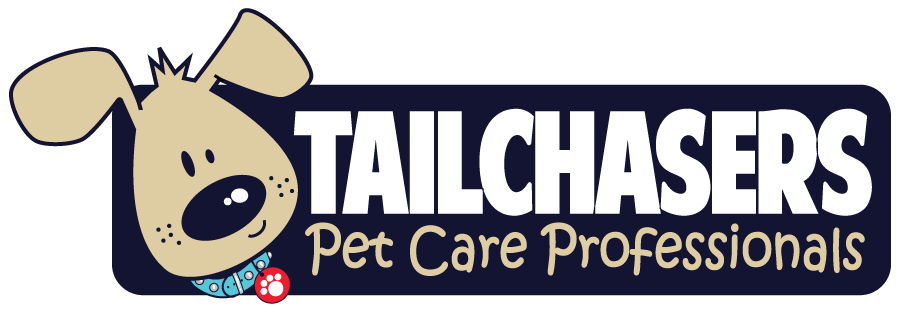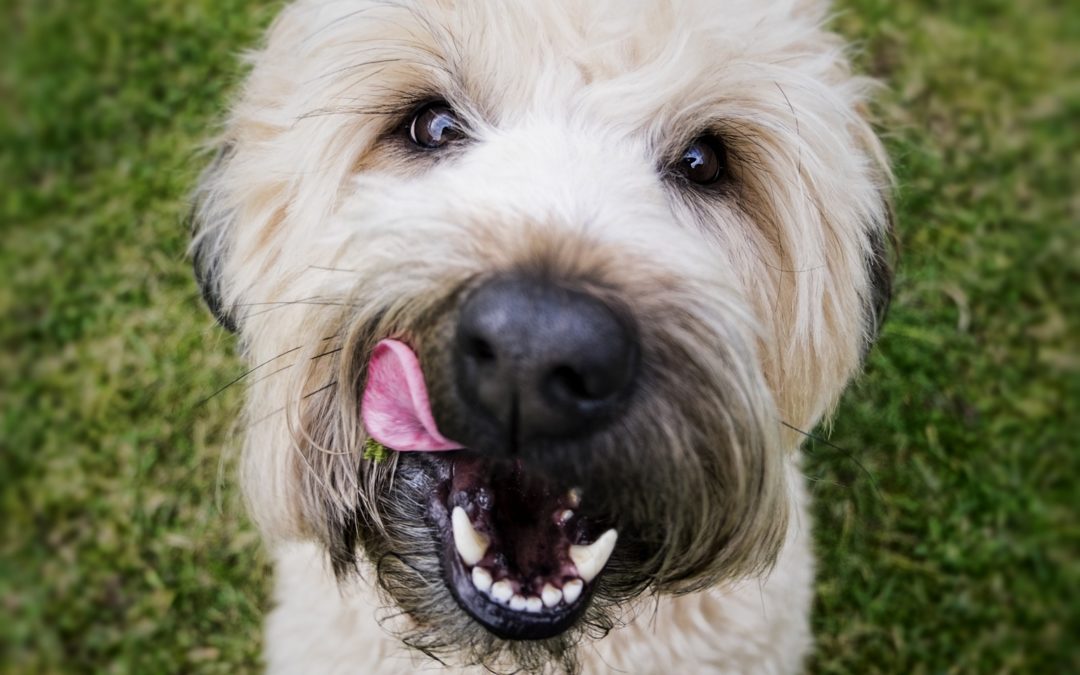Does My Dog Have Separation Anxiety?
Have you noticed your pup getting overly excited when you arrive home each day?
Does your pup scratch the doorway or chew furniture while you are away?
Has your dog been having accidents even when you are only away for a couple of hours?
Have your neighbors been complaining of excessive barking or howling?
Separation Anxiety is Fairly Common
Many dogs show some signs of separation anxiety. It makes sense. You are your pup’s only friend, and your dog wants to be with you. However, most of us have to go to work to provide for our furry friends, so here are some solutions to help your pup manage his time away from you.
Most dogs start with subtle signs of separation anxiety. Please do not ignore the early signs. Severe separation anxiety can be very difficult for a family. If your dog is harming themselves or obsessively trying to escape your home when you are away, you may need to enlist the help of a professional.
Even if your dog doesn’t have separation anxiety. These instructions set up a great routine to prevent your dog from developing separation anxiety.
What Should I Do First?
With any new behavior change, we always recommend a thorough work up with your veterinarian to check for health problems such as urinary tract infections, thyroid disorders, epilepsy, lyme disease, or side effects of new medications.
Purchase a wire crate that is just large enough for your dog to lie down comfortably if you do not already have one.
Invest in a couple Kong toys to use during training as well as some small high value treats to work on commands with your dog.
Exercise!
Exercise is always our first recommendation in dogs with anxiety. Start with at least one hour of intense physical activity every day. You will be amazed at how much of a difference an increase in exercise will make on your dog’s behavior. Some ideas for exercise are running with your dog, an intense game of fetch, hiking, and brisk walks. You can even train your dog to run on a treadmill with supervision.
If you don’t have time to put in the additional exercise, you can use dog walking services while you are at work. The dog walks are a great way to break up your dog’s day to help reduce their anxiety with such a long time at home alone.
The mental stimulation of training helps reduce anxiety. In addition to tricks and obedience commands, there are many games you can play with your dog like Find It, Hide and Seek, Fetch, etc.
Acclimate your Pup to the Crate
Feed all meals in your dog’s crate. If your dog is not stressed by the door being closed, gently latch the crate while your dog enjoys his dinner. As soon as he is finished, release him from the crate.
Train your dog to go into his crate on command. We use the word “kennel.” Say your command word, and toss a treat into the crate. Use a praise word when your dog gets all four feet into the door. Gently, shut the crate and immediately reopen.
Teach your dog to sit and stay before exiting the crate. If your dog does not know sit and stay, yet, you will need to train the command first. Before you open the crate, have the dog sit and stay. Open the door. If your pup breaks his command, send him back into the crate, and start again. Your dog should never leave the crate without being released from the command. Make sure you use a consistent release word. This may take a lot of practice.
Help your Dog Learn to Enjoy your Departure
Prepare the Kong with a food your dog LOVES! Freeze the Kongs overnight. You can find incredible Kong recipes online. We use dog safe leftovers from the previous night’s dinner.
Five minutes before you plan to leave the home, give your dog the frozen Kong. Don’t say goodbye or give your dog any indication you are leaving. Just give your dog the kennel command, put the Kong in the crate, and latch the door.
Quietly leave the home to avoid your dog noticing you are gone. Hopefully, he will be enjoying his Kong so much, he will not notice your departure.
Remove the Tension Around Arrivals and Departures
You may be feeling guilty about leaving your pet at home. Do not transfer that energy to your pet. Put him in his crate like you would any other time, and quietly leave your home.
When you return, your dog will be excited to see you. Excitement is acceptable as long as your pup can hold his sit and stay until he is released from his crate. If after three tries, your pup is unable to calm down enough to hold the sit stay, walk away from the crate and return in a minute or two. The key is to use your attention as a reward for calm behavior. This will help your dog understand that you appreciate calm behavior and not anxious uncontrollable excitement.
Your attention is incredibly valuable to your pup right after you get home. Use this to reward your dog for keeping all four feet on the floor when being petted, sitting for petting, stay, etc.
Teach your Dog to Spend Time Away from You
If your dog is always touching you when you are at home, he will have a more difficult time when you are away from him. After your dog learns stay, work on long stays by building up the time your dog can be in one position before he is released. We recommend using a “place” command where a dog lays on a designated rug or dog bed.
When you are eating dinner, have your dog stay in his place instead of lying his head on your lap. Have your dog lay in his place while you are watching TV, but release him to come in for snuggles during commercials. Then, return him to place.
Velcro dogs are adorable, but if your dog is having trouble being away from you, you shouldn’t encourage this behavior. You can have your dog stay in the doorway of each room you enter to help get some distance between you. Have your dog remain outside the bathroom door each time you shower.
When Severe Separation Anxiety happens
Some dogs have more severe cases of separation anxiety and need medication and the help of a trained professional. If your dog is harming himself and desperately trying to escape your home, you should talk to your veterinarian and a professional dog trainer or animal behaviorist.
At Pet Heroes, we would be happy to schedule midday dog walking to help break up your work day while you work on reducing your dog’s separation anxiety. We offer dog walking in the northwest suburbs of Chicago in Arlington Heights, Rolling Meadows, Palatine, Inverness, Schaumburg, Elk Grove Village, Kildeer, Long Grove, Barrington, Lake Zurich, Deerfield, Northbrook, Wheeling, Des Plaines, Mount Prospect, and Prospect Heights. Call Pet Heroes today! We would love to help!


Recent Comments